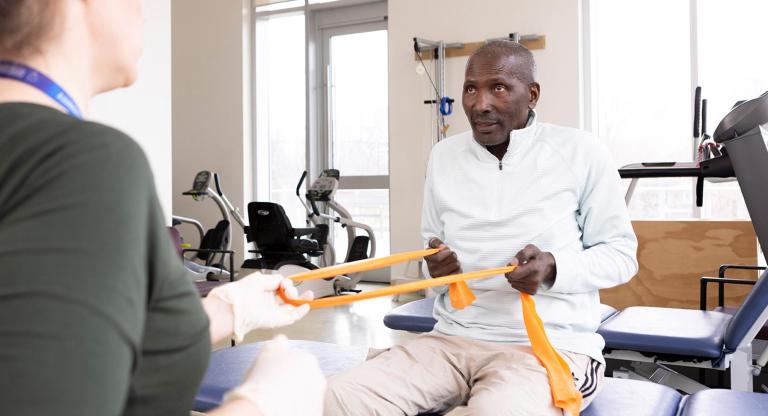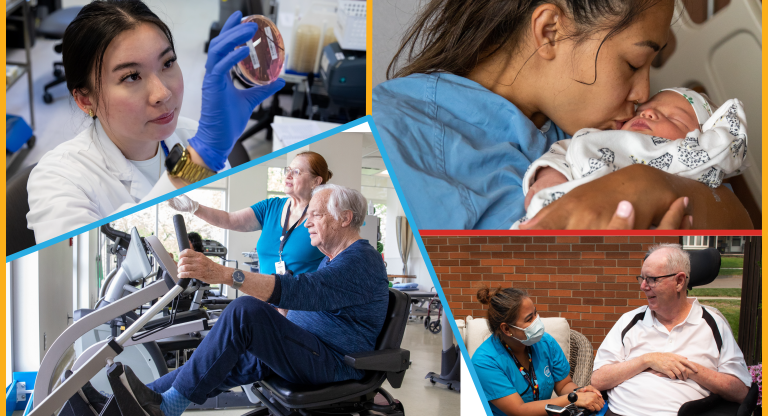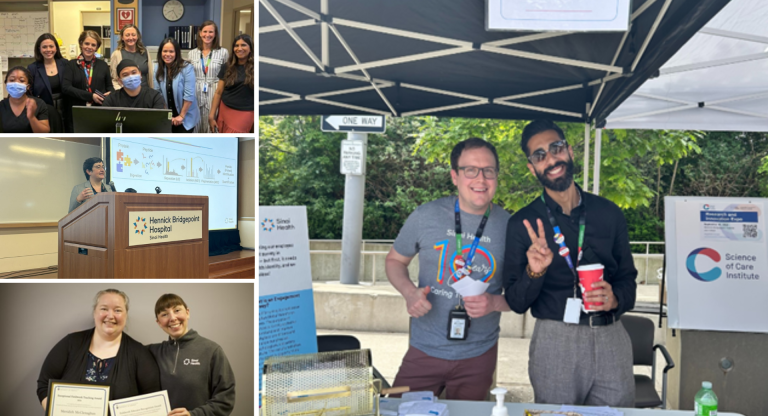Addressing overcrowded Emergency Departments: New study shows women and infants access emergency care for less urgent concerns

Recently, there has been increased strain on Emergency Departments in Ontario and around the world.
This past fall and currently this winter, teams in Emergency Departments cared for an unprecedented number of pediatric patients, in part due to an increase in viral respiratory illnesses.
A new study, led by Dr. Catherine Varner, Emergency Physician and Scientist at Mount Sinai Hospital and Dr. Joel Ray, Obstetrical Medicine Internist at St. Michael’s Hospital and Scientist at the Li Ka Shing Knowledge Institute and ICES, found that one in ten women who gave birth in Ontario had visited an Emergency Department within 90 days of the start of their pregnancy. Importantly, women who accessed the Emergency Department prior to the start of their pregnancy were more likely to bring their newborns or infants into an Emergency Department for care after the birth.
We spoke to Dr. Varner about this new study and to discuss the current state of emergency departments and primary care, including her vision for the future.
What can you tell us about these women and infants who are accessing Emergency Departments for care—what does it mean?
This study shows that women who accessed care in an Emergency Department pre-pregnancy for less urgent concerns were more likely to later bring their infants into the ED for less urgent conditions.
This pattern suggests that patients of reproductive age may not have access to alternative locations to seek care, such as with a primary care provider. Then, their babies may not have access either. This causes them to seek care in the Emergency Department for non-urgent health concerns, such as for mild symptoms of a viral upper respiratory infection.
What are some preventable measures that may help with our current crisis of emergency department overcrowding?
We clearly need some new approaches to address access to primary care that is one of many factors contributing to overcrowding in Emergency Departments.
I believe expanding and supporting the team-based model of family medicine is the future in Canada. I think all Ontarians need access to team-based models of primary care, but it is particularly critical to people contemplating pregnancy, people in early pregnancy and to mothers and babies. Ideally, in team-based models of care, both mother and baby are seen early following the baby’s birth by a health care provider who knows the mom and baby, their comprehensive health histories, and the events during pregnancy and delivery.
To your point, approximately 2 million Ontarians currently do not have access to a family doctor. Why is important for this population to have access to a family health care team?
Following those early, difficult days of parenting a newborn and recovering from the delivery, team-based models of care also then support families when they encounter those first viral illnesses, for example. These illnesses are inevitable in that first year of life and can be scary for parents. It is crucial for these infants to be seen in-person and in a timely manner, ideally by a provider who knows them, to reassure parents and to ensure there are not any signs of severe illness.
In a previous study, Drs. Varner and Ray discovered that women who visit the Emergency Department before their pregnancy are more likely to experience negative pregnancy outcomes. You can read the entire study that was published in JAMA Network Open here.












